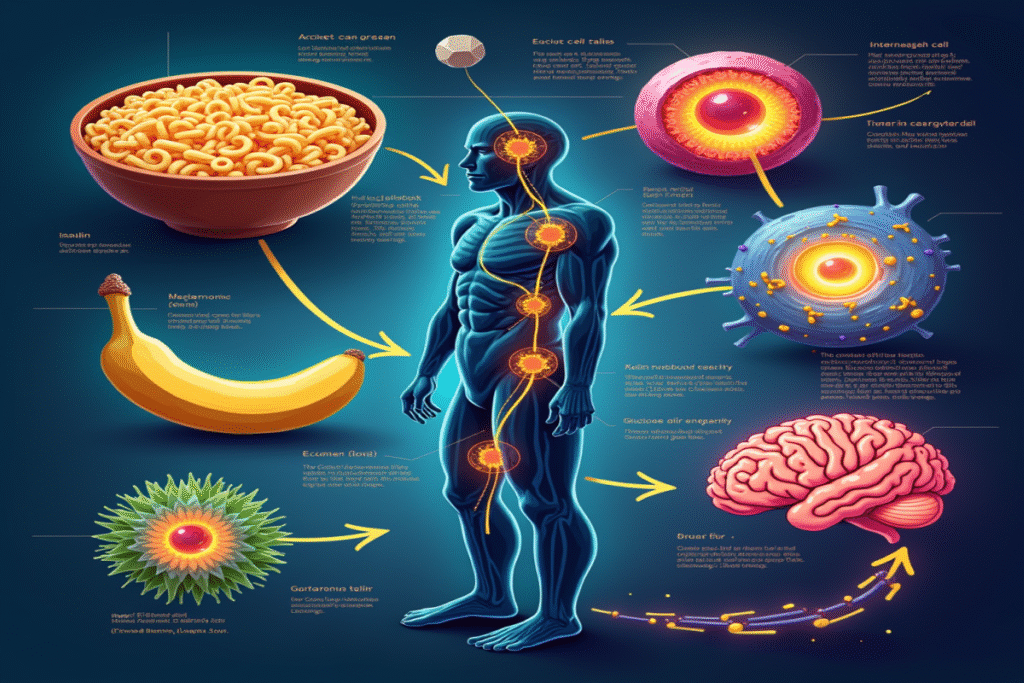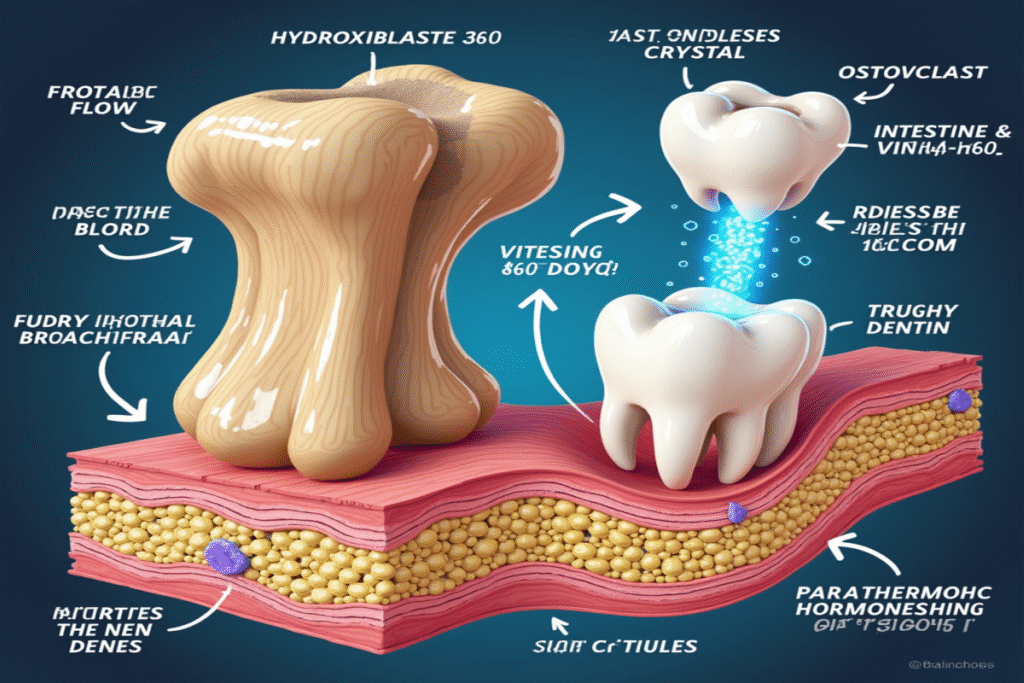Ever wondered how your body fights off the daily onslaught of environmental damage? The answer might be hiding in your kitchen cabinet or bathroom shelf. Vitamin E—a nutrient you’ve likely heard of—performs remarkable molecular feats inside your body that would amaze even experienced scientists.
The Molecular Superhero: What Is Vitamin E?
Vitamin E is not just one compound, but a family of eight fat-soluble antioxidants: four tocopherols and four tocotrienols. Among these, alpha-tocopherol is the most active form in the human body. Unlike water-soluble vitamins that your body easily excretes, vitamin E embeds itself within cell membranes—exactly where it needs to be to provide protection.
Abundant in nuts, seeds, leafy greens, and certain oils, vitamin E has evolved alongside humans as a key defense against oxidative damage at the cellular level.
The Incredible Antioxidant Mechanism
Here’s where the science gets fascinating: your cells are constantly under attack from unstable molecules called free radicals, produced during normal metabolism and increased by pollution, UV radiation, and other stressors. These molecules have unpaired electrons, making them highly reactive and damaging to cell structures.
Vitamin E works through an elegant chemical sacrifice. When a free radical encounters a vitamin E molecule in your cell membrane, vitamin E donates an electron to the radical, neutralizing it. In this process, vitamin E itself becomes a less reactive radical, effectively taking the hit so your cells don’t have to.
This molecular self-sacrifice is not the end of the story. Other antioxidants in your body, like vitamin C, can regenerate vitamin E, creating an impressive recycling system for cellular protection.
The Cell Membrane Guardian
Perhaps most remarkably, vitamin E positions itself within cell membranes—the thin, fatty layers that separate and protect each of your trillions of cells. These membranes are especially vulnerable to oxidation because of their high fat content.
Think of vitamin E molecules as security guards standing along the edges of each cell, blocking dangerous free radicals before they can breach the membrane. This protection is especially important for cells regularly exposed to oxidative stress, like skin cells exposed to UV radiation and pollution.
Your Skin’s Silent Protector
Vitamin E plays several roles in keeping your skin healthy and youthful:
- Photoprotection: It helps absorb harmful UV rays that can damage skin cells.
- Moisturization: It supports the skin’s barrier function, reducing moisture loss.
- Inflammatory response regulation: It calms the skin after exposure to irritants.
- Wound healing acceleration: It supports faster recovery of damaged skin.
The science behind vitamin E’s skin benefits explains why it’s in countless skincare products. When applied to the skin, it can pass through the outer layer into deeper layers, providing protection where it’s needed most.
The Synergistic Network
One of the most fascinating features of vitamin E is its teamwork with other antioxidants. Vitamins C and E form a strong partnership: when vitamin E neutralizes a free radical and becomes oxidized itself, vitamin C can restore it back to its active form. This recycling boosts vitamin E’s protective power significantly.
Researchers have also found that nutrients like selenium and coenzyme Q10 work with vitamin E, creating a more effective defense system than any single antioxidant alone. It’s like a perfectly coordinated molecular dance inside your cells.
Beyond Protection: Vitamin E’s Cellular Communication Role
Recent research shows that vitamin E is not just a passive defender—it actively helps cells communicate and respond to stress. It appears to influence the expression of genes involved in inflammation and immune response, explaining its wide-ranging benefits throughout the body.
This signaling role may help explain why adequate vitamin E supports everything from heart health to immune function: it helps coordinate your body’s responses at the molecular level.
The Practical Science of Getting Enough
Your body stores vitamin E in fat tissue and the liver, keeping reserves for times when it’s needed. However, many people don’t get the recommended 15 mg daily from diet alone. Notably, vitamin E is best absorbed when eaten with some dietary fat, reflecting how our bodies are designed to extract this key nutrient.
Whether obtained through diet or carefully formulated supplements and skincare, vitamin E is still revealing new benefits through modern research. As scientific methods advance, we continue uncovering the remarkable ways this nutrient protects and communicates within our bodies—a reminder that even familiar vitamins hold fascinating secrets still waiting to be discovered.





